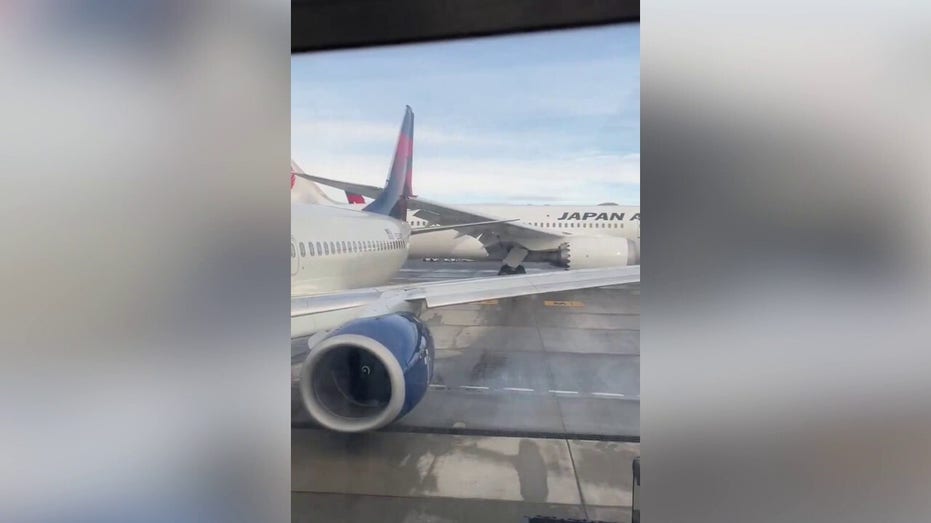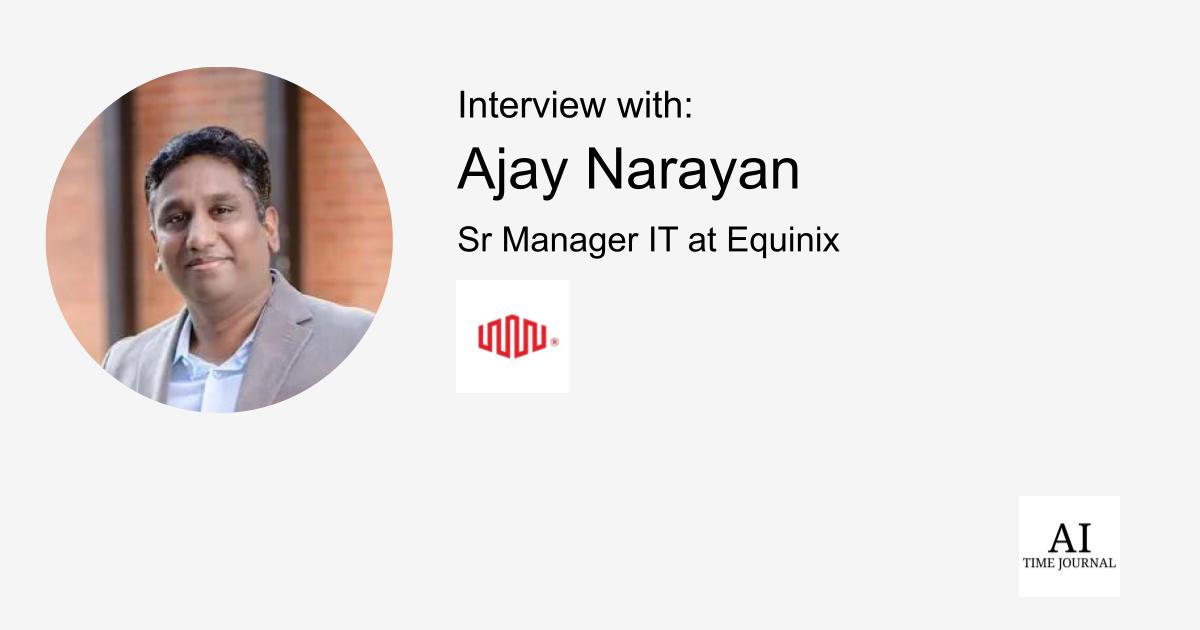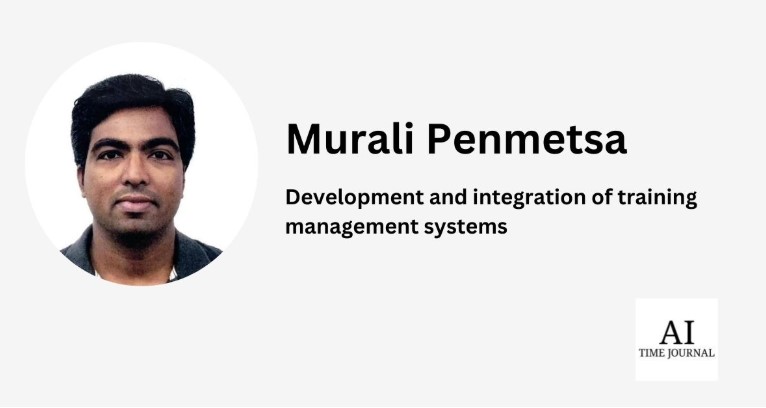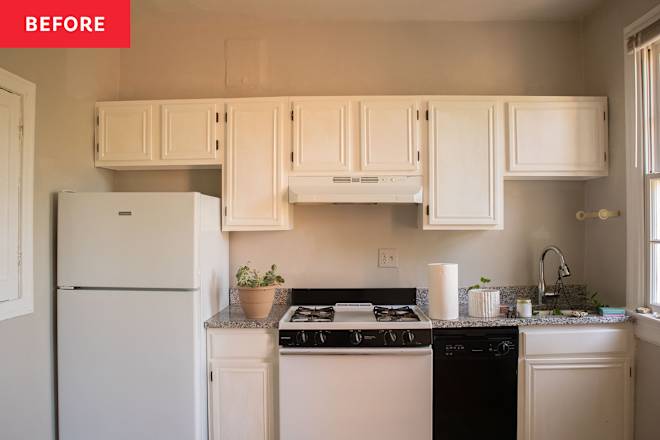What is wrong with the NHS? – Part 3
27th November 2023 Relentlessly falling productivity (Part a). Regulatory constraints. I was in the midst of writing another blog on what is wrong with the NHS, happily highlighting a few of the many pointless tasks that get in the way of clinical work. But my attention kept being drawn to the more general issue of […]
27th November 2023
Relentlessly falling productivity (Part a).
Regulatory constraints.
I was in the midst of writing another blog on what is wrong with the NHS, happily highlighting a few of the many pointless tasks that get in the way of clinical work. But my attention kept being drawn to the more general issue of the widespread fall in productivity.
Here, from the report: ‘Is there really an NHS productivity crisis?’
It is certainly true that measuring productivity in the health service is wrought with difficulty. But in our view, the available evidence strongly points to the NHS – or, at the very least, NHS hospitals – having an ongoing productivity problem. 1
Productivity is by far the biggest problem the NHS faces. The one ring that binds them all. And it must be dealt with. If productivity continues to fall, the NHS will steadily become less and less efficient. Until … until what?
In truth, I am not entirely sure. Nor I suppose is anyone else. The NHS cannot just go bust like a commercial business. Mainly because it has a hundred and fifty billion pounds pumped into it every year (~$200Bn). Which means it is doomed to stumble on for years. Kept upright by massive infusions of money? Until …
One trend already picking up pace is that and more people are paying for private medical care. Either directly, or through health insurance. At some point in the future, we will end up with a fully established two-tier system. The rich getting good medical care, the poor … not so much.
Whilst people going private will relieve some pressure on the NHS, it won’t impact on the fundamental issue. Which is that the UK taxpayer is throwing ever more money at the NHS, whilst getting less and less in return.
Why is it happening? Are staff working less hard?
‘Fewer patients being treated per staff member should not be interpreted as NHS staff working less hard. Staff are not the only input into the system. The point is that if there are more staff, or staff are working more hours, but the system is providing less care, then something appears to be going wrong.’
There is no evidence here for the staff slacking. So, what is this something of which they speak.
To see if anyone else had any brilliant insights, I read a few different reports. Here is one from the Institute for Government (whatever this institute is, exactly). It was entitled: ‘The NHS productivity puzzle. Why has hospital activity not increased in line with funding and staffing?’
It droned on for sixty-two pages, before limping to three main conclusions. First, that we don’t have enough beds, so hospitals are running above capacity, which make them more inefficient. True.
Quite how much more inefficient was not entirely clear. But we certainly could do without running hospitals full to bursting point. Just to give one example of why this damages productivity. If a hospital is completely full, then planned operations will have to be postponed, even cancelled. Because there are no beds available for recovery. Fewer operations = decreased productivity.
Second conclusion. The NHS is losing too many experienced staff who can’t stand working in the NHS any longer (my words). Due to ‘staff burnout, low morale and pay concerns’ (their words). Experienced staff tend to get things done faster, and better. When you lose them, things slow down, get done worse, and cost more.
This is also true. So, you would think staff retention should be a ruthless focus – but it is not. Not even remotely. ‘You want to leave… well then leave. There’s the door. Bye! … and good bloody riddance.’ This, by the way, is the current NHS staff retention strategy.
Finally, the report concluded that the NHS is badly undermanaged … cough, splutter, strangled gasp of disbelief. Although the authors also discovered the following…
‘We found that hospitals that had more managers or spent more on management were not rated as having higher quality management in the staff survey, nor did they have better performance. The implication being the overall hospital performance is dictated by clinical actions and behaviour, while hospital management is focused on administrative tasks ensuring regulatory constraints are met. The number of managers in each hospital was largely determined by the administrative tasks that needed to be fulfilled, with the scope of management circumscribed to these well-defined tasks.’ 2
As with many such reports, it managed to contradict itself from one sentence to the next. In one section it claims that the NHS is undermanaged, but when the authors looked at hospitals that spend more on management, there was no difference in performance.
Anyway, apart from a couple of relatively minor issues, there was nothing much in either report here, or indeed anywhere else, to explain the widening productivity gap. Which is a common finding of such high-level reviews. Report writers very rarely bother to visit hospitals and speak to the staff, who might be able to enlighten them.
So, I thought I would have a go. I began by going back to basics, starting with two key facts.
Fact number one. There are far more clinical staff working in the NHS:
‘Hospitals had 15.8% more consultants, 24.6% more junior doctors, 19.5% more nurses and health visitors, and 18.5% more clinical support staff in January to July 2023 than in January to July 2019….’
Overall, around twenty per cent more clinical staff:
‘But in the first nine months of 2023, they had 4.3% fewer emergency admissions and 1.3% fewer non-emergency admissions than over the same period in 2019. They carried out 1.8% more outpatient appointments and 0.8% more treatments from the waiting list than in 2019. This means that the number of patients treated per staff member – one crude measure of productivity – has fallen substantially.’1
Fact number two. There has been no increase in clinical output.
Which means that in the last four to five years, productivity has fallen by around twenty per cent. If it keeps going down at this rate, in twenty years’ time, the NHS will be doing nothing at all.
By the way, clinical output means activities such as, seeing a patient in accident and emergency, or in the outpatient department. Or carrying out an operation, or doing a scan, and so on and so forth. Otherwise known as clinical activity. Consulting, scanning, diagnosing, treating, operating. Which is what hospitals, and GPs of course, are there to do.
Was there any evidence to be found in this second report that the staff were working twenty per cent less hard? Nope. My own observation is that clinical staff are working harder than ever. Work, work, busy, busy, chop, chop, bang, bang.
A view reinforced by the fact that healthcare workers are suffering a crisis of ‘burnout and low morale’ … and also taking far more sick leave. In addition, they are quitting, in droves. These are hardly strong indicators that the workers are all lounging about in cushy jobs.
Bringing these facts together, what we have is twenty per cent more staff, working just as hard, probably harder. Yet, they are creating no additional clinical outcomes. Where does this leave us?
There is only one possible conclusion. Which is the following. At least twenty per-cent of the work that clinical staff are doing is non-productive.
I suppose this is another statement of the bleeding obvious. But at least it does get us looking in the right direction, towards non-productive work. At which point the next obvious question arises. What is all this additional, non-productive work?
One clue is to be found in the report I quoted earlier, and two key statements that it contains.
Statement one: ‘hospital performance is dictated by clinical actions and behaviour.’
Statement two: ‘hospital management is focused on ‘administrative tasks’ ensuring regulatory constraints are met.
Here, I believe, we find ourselves looking directly into the heart of the problem. The underlying disease. The dichotomy, the split. The war within healthcare. Whatever you want to call it.
Which is that clinical staff do clinical work, and produce clinical outcomes, and therefore drive productivity. On the other hand, the primary role of management is to do something else. Namely, fulfil administrative tasks.
‘The number of managers in each hospital was largely determined by the administrative tasks that needed to be fulfilled, with the scope of management circumscribed to these well-defined tasks.’
As a manager might say, but never would. ‘You do clinical stuff; we will do management.’ And never the twain shall meet.
One of the first things people say to me, whenever a discussion turns to the NHS, is that there are far too many managers. ‘They don’t do anything. We should sack them all.’ Well … it certainly sounds tempting. The truth is that I have no idea if we have too many managers, or not enough managers, or just the right number.
What I can tell you is that, instead of having a tight focus on helping clinical staff do more productive work …
‘…hospital management is focused on administrative tasks ensuring regulatory constraints are met.’
And what is a regulatory constraint when it’s at home? Don’t you just hate language that means almost nothing, to almost everyone. A regulatory constraint is something that regulators insist has to be done before you can get round to all that pointless clinical stuff, like seeing a patient. Regulatory constraints, in turn, are met by the many and varied administrative tasks.
Where to start in attempting to explain how administrative tasks play out in the day-to-day life of any healthcare worker? On the basis that I know what I do best, I lay before you a few minor examples from my own work. I do realise each of them may seem trivial. With every additional task only adding a few minutes to each working day.
However … (exclamation mark) please bear in mind that I am only talking about one tiny area of medical practice, in one very small part of the NHS. Multiply this a thousand times, at least.
To begin.
In the GP Out of Hours department we used to have a locked drug box on the wall of a small side-room. It held a limited number of commonly prescribed medications. Having this stock meant that when the pharmacies were shut overnight, we could open the box, and hand out drugs directly to the patients. This saved them waiting till eight or nine the next morning to start treatment.
It used to be a pretty simple job. We wrote out a prescription, got the key to the box, opened it up, then handed the drugs to the patient. We left the prescription in the box to allow the used-up medications to be replaced.
There is now a behemoth of a multiple drawer thing in the department, that must have cost thousands. It looks a bit like those lockers where people can pick up on-line orders for Amazon. Somewhat smaller, yet vastly more complicated.
This locker has a touch-screen interface. It requires a smart card, two sets of key-codes – which keep changing, and no-one can remember what they are. A nurse must also accompany you, to ensure that … what? We don’t nick the drugs, I suppose. Locum doctors have no access to this locker and have to get another doctor to open it up.
This new, and vastly more complex system, adds about three to five minutes to the job in hand. Which, when you have fifteen minutes to see each patient, represents a very significant increase in time spent per patient. Up to thirty-three per cent.
Okay, yes, I can almost hear you thinking … trivial. Suck it up. Work a bit faster.
Here is another small thing from out of hours. In days gone by, when we went out on home visits, we plucked a handwritten prescription pad out of a drawer, then brought it back when we returned to base. Minus the scripts we had written.
Now, we can only take six scripts out with us, maximum. Not an entire pad – perish the thought. Once you have seen six patients you have to return to base to pick up more. And if you make a couple of mistakes, in writing out a couple of scripts, you can only see four patients before being dragged back to base. Which may be a half hour drive away, or more.
There is also an additional sign-out procedure for the prescriptions. On a good day this adds an extra couple of minutes. On a bad day, which is most days, we have to stand around and wait for the nurse to finish a phone consultation before they can countersign the book. Then the script prescriptions must be painstakingly counted out, with all serial numbers double checked. These must be matched up with the case numbers of the patients seen.
Sticking only to drug prescribing here. We have printers in each room for the electronic prescriptions we use at the base. At one time, if the paper for these electronic prescriptions ran out, we would pick a few new ones from boxes lying about the nurses’ room and load them back in the tray.
Now, the printable prescriptions are locked away, and the printer trays are also locked shut. Today, if you run out of paper for the printed prescriptions, which happens frequently, the task of re-filling the tray can take about ten minutes. Assuming the keys can be readily located.
Yes, yes, small additional tasks. Suck them up, see the patients faster. Make room in your day, lazy scum. But these few tasks add about half an hour to each working day, yes, I added them up. Thirty minutes out of each eight hours. You do the math(s).
In Japan they have a word for incremental improvements in the way work is done to improve quality and productivity. It is called Kaizen. Improvement in a gradual and methodical process. In the NHS we have anti-Kaizan. Anti-Kaizan means a reduction in productivity as a gradual and methodical process. Grinding, relentless.
My own term for this is ratchet world. It seems that almost every day, some new additional new regulatory constraint has been met .‘Click’, new task, goes the ratchet. The ratchet clicks ever tighter, the workload increases. Tomorrow ‘click.’ The next day. ’Click.’ Eventually all these clicks can no longer be sucked up. Inexorably they cut into real work.
In parallel with this, there is no longer any free time, for anyone. No moment for a chat and a cup of coffee. No time for bonding and creating a team. No fun, no joy left in work. Everyone is just head down, working harder and harder. In some A&E departments, doctors are being followed around by clipboard wielding managers, ensuring that they don’t dare to stop working. No cup of tea for you, scum.
Can I, as a doctor, announce. ‘I am not doing any of this crap, it is a waste of bloody time, and it is stopping me from seeing patients.’ No, I cannot. Because regulatory constraints take precedence over everything else. Absolute priority number one.
If you fail to meet a few regulatory constraints then, when the Care Quality Commission comes to visit – knives sharpened – you will FAIL your inspection. You will be MARKED DOWN. Your hospital trust will be deemed INADEQUATE!
There will be shame and public humiliation. The chief executive will have his head placed on a spike outside the hospital … maybe not quite. But failed inspections in other areas, such as schools, have recently led to suicides.
Unsurprisingly therefore, regulatory constraints are what managers relentlessly focus on. It is also what they demand that clinical staff focus on. So, I, like everyone else, sigh gently and get on with it. Do these endless additional administrative tasks make me happy in my work? Have a wild guess on that one.
Of course, it is not the managers who do the vast bulk of actual additional work. This is almost entirely done by clinical staff. It is the clinical staff filling in forms, and completing audits, and ticking drug boxes, and checking every patient for bed sores – no matter what age. Which means that ‘Administrative tasks’ are what clinical staff spend much of their time doing. The job of managers is to ensure that all regulatory constraints are met. Or else.
Although I do remember listening to the chief executive of a hospital trust on the radio saying that she employed eight people just to put together all the reports and audits that were demanded of her by the organisations above. This managerial workforce, alone, was costing her hospital trust two million pounds a year. Two million pounds worth of pure unadulterated productivity … not.
Winding back the ratchet I could write a hundred pages, a thousand pages, on all the additional paperwork, the additional forms, the clicks on the ratchet that have been introduced over the last few years. Instead, I give you a picture of Dr Gordon Caldwell, who is an A&E consultant. In this picture he is demonstrating the paperwork that has to be filled in when a patient arrives at the department. He is using his body as an indicator of scale. He is not dead.

These are the forms that now have to be completed to admit one patient in Accident and Emergency. He wrote an article about it all entitled ‘The NHS is drowning in paperwork.’ 3
Once again, I hasten to add that this is not the fault of hospital managers. They are simply following the orders handed down to them by others. And who, exactly, are these others?
They are the regulatory bodies that sit above the hospitals, controlling their every action. And there are a hell of a lot of them, churning out regulatory constraint after regulatory constraint. How many? Here from a report in the British Medical Journal:
‘We found that in total, more than 126 organisations are engaged in safety related regulatory activities in the NHS.’ 4
Here are the names of but a few. The Care Quality Commission (CQC), and NHSE (NHS England) and the Integrated Care Boards (ICBs) and NICE (The National Institute for Health and Care Excellence). The four horsemen of the apocalypse, as I like to think of them.
These bodies carry greater power and influence than most others. But each and every one of those one hundred and twenty-six is eternally busy, thinking up new regulatory constraints. New targets to be met, regulations that MUST be fulfilled. Administrative task after administrative task, my precious.
All of these tasks have one thing in common, and only one thing.
The all take time away from clinical work. They all reduce productivity. Every single one of them. These are the ‘anti-Kaizan’ jobs. Ratchet click after ratchet click.
Are they all necessary?
Would the NHS fall over sideways if we just stopped doing some of them, or all of them? Next time I will look at the rationale for the introduction of these million new anti-Kaizan jobs that are dragging the NHS – and social care – to their knees.
1: https://ifs.org.uk/articles/there-really-nhs-productivity-crisis
2: https://www.instituteforgovernment.org.uk/sites/default/files/2023-06/nhs-productivity-puzzle_0.pdf
3: https://www.spectator.co.uk/article/the-nhs-is-drowning-in-paperwork/








































































